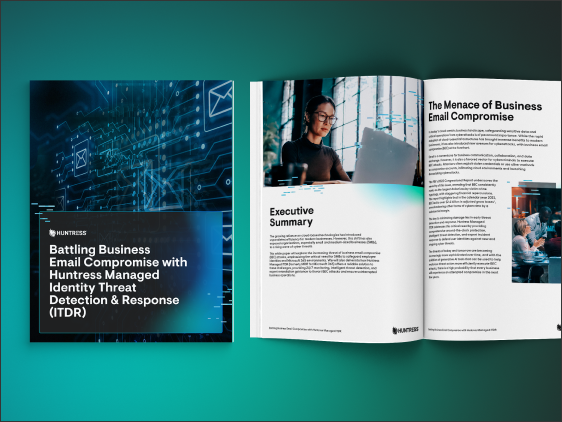BEC losses now eclipse ransomware payouts year after year, striking organizations of every size—from two‑person web shops to global distributors—yet many small and midsized companies still rely on basic spam filters, leaving finance inboxes wide‑open to well‑crafted cons.
This guide closes that gap by translating frontline threat‑hunting experience into plain‑English checklists, payment‑approval safeguards, and data‑driven arguments for MFA, dual‑authorization workflows, and ongoing employee training—all the tools you need to turn email from a high‑risk channel into a controlled gateway.
After you’ve read these resources, you’ll grasp the full life cycle and types of BEC attacks, know the telltale signs hidden in everyday inbox traffic, and have a set of layered defenses that stop scams without slowing operations. You’ll also learn post‑incident steps to contain the damage and fortify your environment so the same con can’t strike twice.
Our 24/7 SOC team investigates BEC attempts every day—credential theft, identity misuse, and fraudulent wire requests disguised as routine business. We’ve bottled that frontline experience into tactical advice you can apply immediately, backed by Huntress Managed EDR for endpoint visibility, Managed ITDR for identity‑behavior analytics, and Managed Security Awareness Training that transforms employees into your first line of defense.
























